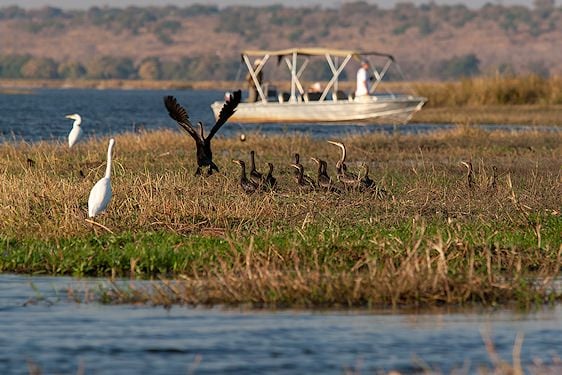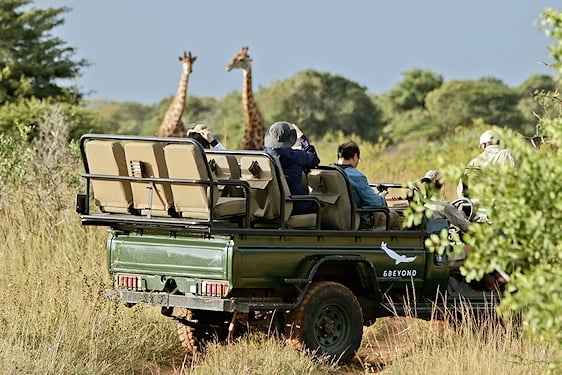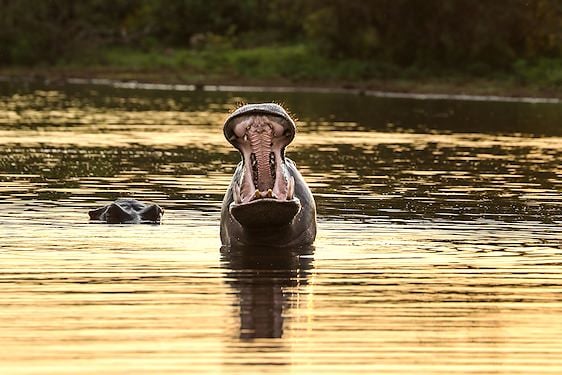- Home
- >
- African Travel
- >
- South Africa
- >
- National Parks
- >
- Kruger National Park
- >
- Mammals
- >
- Bushbuck
Description
A medium-sized, secretive antelope, the bushbuck shows chestnut to dark brown coats with white spots and short vertical stripes on the flanks. Only males carry sharply spiraled horns. Females tend to be ruddier with subtler markings. Both sexes favor dense cover and are most active in the cool hours of morning, evening and at night.

Bushbuck are widespread across much of sub-Saharan Africa in well-vegetated habitats. They occur in Zambia, Mozambique, and parts of Botswana, Zimbabwe, Angola, Namibia and South Africa. In South Africa, they are common from the KwaZulu-Natal coast north to the Limpopo and occur throughout the Kruger National Park, especially along rivers and thickets.

Status
Listed as Least Concern on the IUCN Red List with a wide distribution. Local declines can occur with habitat conversion and hunting pressure, but populations remain stable in many protected areas and well-managed conservancies.

Habitat
Primarily browsers of leaves, shoots, flowers and fallen fruit (notably wild figs), with new grass taken seasonally. They favor dense riverine thicket, forest margins and well-bushed woodland with reliable cover. They meet most water needs from forage and dew but readily drink when surface water is nearby.

Social Organization
Typically solitary and not territorial in the strict sense. Home ranges often overlap, with loose tolerance among neighbors. Cows remain with calves until independence; brief associations form where food is concentrated or in mating contexts.
Finest Safari Areas in Africa for Encountering Bushbuck
We recommend the following national parks and private reserves for excellent chances of sightings on game drives and guided walks.

Social Behavior
Solitary and secretive, bushbuck spend much of the day resting under cover, then browse and forage during crepuscular and nocturnal periods. When alarmed they may freeze and rely on disruptive spots and stripes; otherwise they slip into cover with a short dash, tail flashing to signal flight.

Reproduction
Breeding occurs year-round with regional peaks. Courtship includes close following and scent cues. Gestation is about 6–7 months; a single calf is born and hides in dense cover for several weeks. Calves are weaned at ~4 months, with independence by ~8–12 months (females may breed from ~11 months).

Anti-Predator Behavior
Primary defenses are vigilance, freezing, and swift retreat into thicket. Camouflage is effective—lion or hyena can pass within 10 m without detecting a motionless animal. If flush-pursued, they sprint to the nearest cover, often flashing the white underside of the tail.












